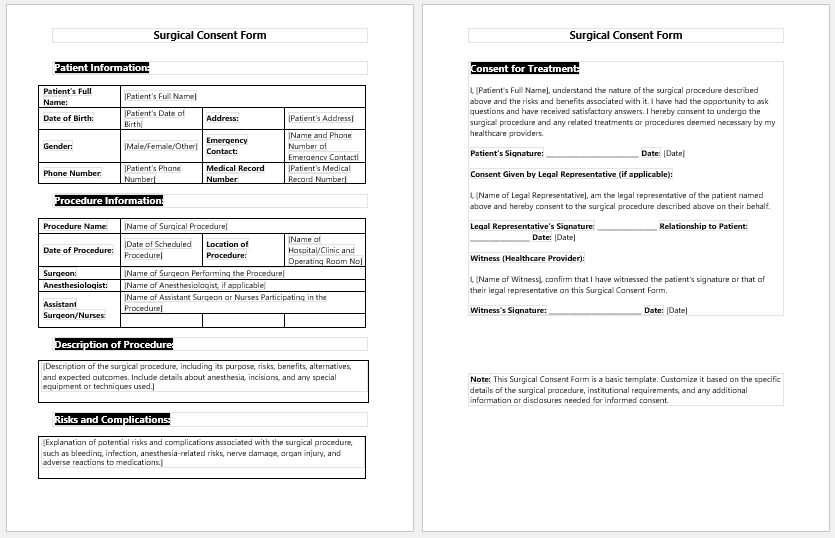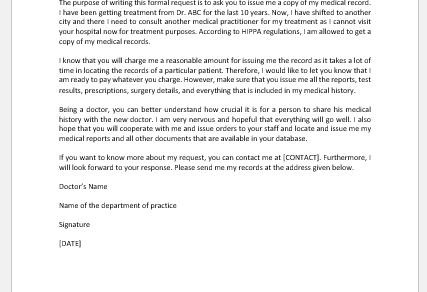A surgeon cannot perform any surgery without obtaining prior consent from his patient. So there is mandatory documentation of permission for any surgical procedure. It not only informs the patient about the operative method but also the risks and complications of the procedure. Consent is the first and foremost step before any procedure, whether elective or emergency surgery.
Types of Consent
There are various types of consent an organization may obtain. These include express consent, implied consent, unanimous consent, substituted consent, or informed consent. The most preferred consent on any surgical floor is informed consent. It is given by an individual who narrates all the facts, processes, and consequences of all actions taken. There should be nothing ambiguous about consent, as it is a matter of life and death for a person. If the patient himself is unable to give consent, any close member of the family can give it in his place.
Timing of Consent
All consent must be obtained before surgery is performed. In any case, where there is a delay in acquiring consent, the operation must be postponed as well.
In the case of emergency surgeries, consent must be obtained as soon as the procedure is planned so that there is no delay in the surgery. However, before all elective surgeries, consent must be obtained one day prior to the surgery.
Documentation of Consent
Consent taken verbally is not considered valid until it is taken in black and white. It is an integral duty of the surgeon to make sure the consent is duly filled out and signed by the concerned person. An incomplete form is highly unacceptable and may lead to dire consequences in the event of any misfortune. The original form must be kept in the hospital record at all times. There should not be any modification or alteration in the form after the surgery; therefore, it is essential to recheck it several times beforehand.
Constituents of Consent Form
- Introduction of the patient: his name, age, sex, registration number, bed number, name of the ward, and next of kin.
- Surgical consent: lucid and comprehensive disclosure of the surgical procedure—in a language easily understandable to the patient and his relatives—and its duration and methods to be used. The outcome of the surgery and any disabilities or limitations, if any, postoperative care, recovery, and follow-up.
- High-risk consent, if applicable.
- Anesthetic consent: risks and benefits of different types of anesthesia; short-term and long-term effects of anesthetic drugs.
- Signature of the consenter, his relation to the patient, and his full name with credentials.
High-Risk Consent
There is another terminology used quite often, especially in surgical emergency rooms, called high-risk consent. It is obtained whenever there is a doubt about the per-operative ‘on the table’ death or post-operative ‘after the procedure’ death of the patient. It is signed by an immediate close relative of the patient, like parents, spouses, or children.
- Mental Health Evaluation Forms
- Forms Used by Pediatricians
- Various Forms Related to Pregnancy Verification
- Common Forms Used by ENT Specialists
- Pain Diary Worksheet Template
- Forms Commonly Used by Old Age Homes
- Medical Treatment Consent Form
- Home Exercise Program Worksheet
- Forms Used for Mental Health Assessment
- Forms Used by Psychologists
- Medical Forms Commonly Used by/for Students
- Assessment Consent Form
- Forms Used by an Anesthesiologist
- Not Fit to Fly Certificate Template
- Home Visit Consent Form for Schools



